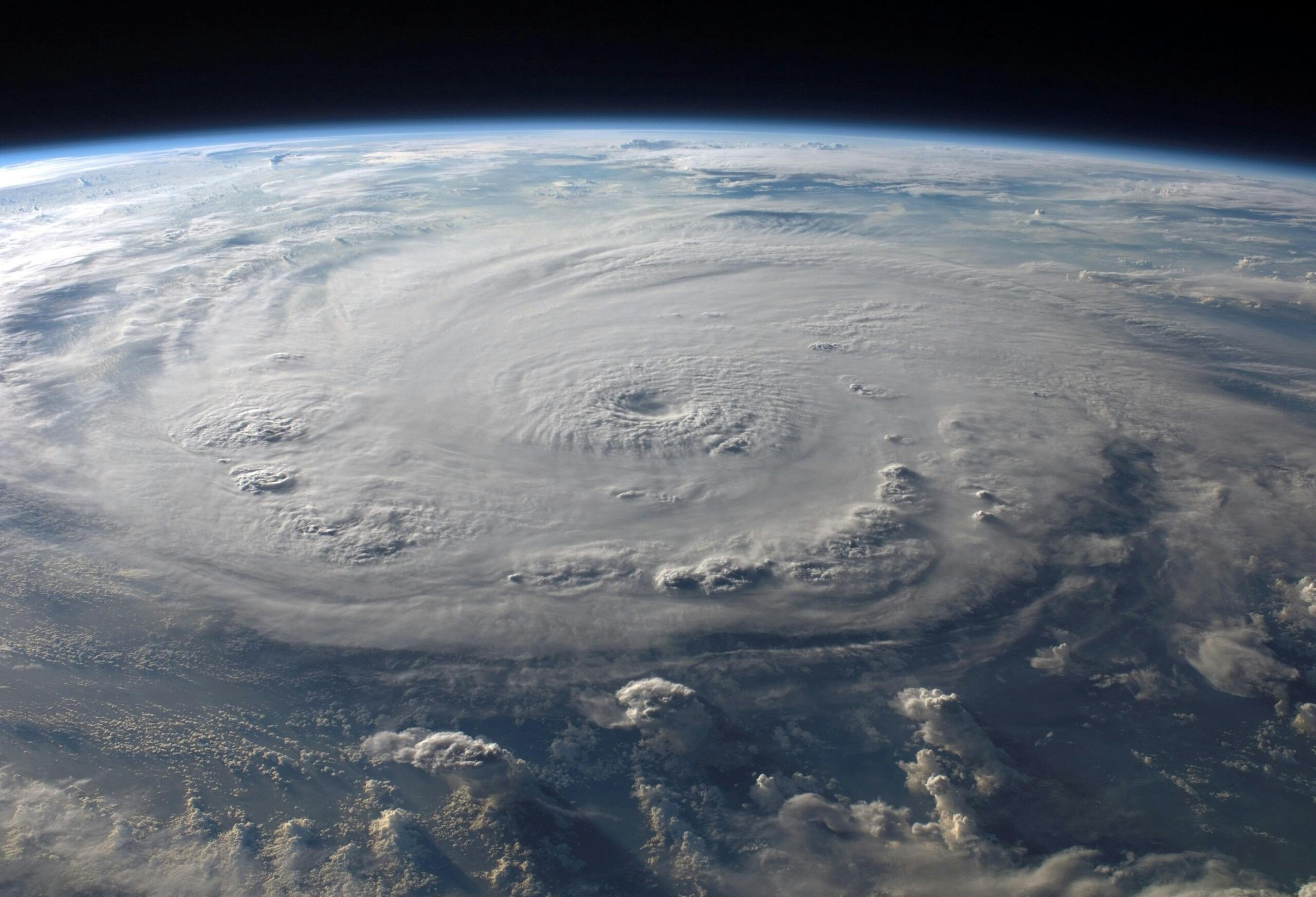When nature decides to unleash its fury, there’s little we can do to stop it. Hurricanes, with their devastating winds and torrential rains, remind us of our vulnerability. While we cannot prevent these storms, we can prepare. Emergency preparedness is the key to survival, minimizing loss of life, and ensuring safety in the aftermath. Here is a guide for Emergency Preparedness for a Hurricane.
Living in coastal areas means hurricanes are a seasonal threat. In the Atlantic, the hurricane season runs from June through November, while in the northern Pacific, it spans May to November. If you live in these regions, preparation isn’t optional—it’s essential. Here’s how to create a comprehensive emergency plan to protect yourself, your family, and your home.
Understanding Hurricane Warnings
When a hurricane forms and is detected on radar, meteorologists issue updates to the public. At this early stage, there’s no need to panic; weather conditions can change. However, if the forecast remains dire, it’s time to act.
Emergency plans often begin with local authorities issuing advisories through sirens, emergency broadcasts, and community notifications. Pay close attention to these updates—they’re your lifeline. The earlier you prepare, the better your chances of weathering the storm safely.
Securing Your Home
Hurricanes pack winds exceeding 100 miles per hour, which can turn ordinary objects like branches or debris into dangerous projectiles. To minimize damage:
Board up windows and doors: Use hurricane shutters or secure plywood to shield glass from shattering.
Trim trees and secure loose items: Remove weak branches and bring in outdoor furniture to prevent them from becoming hazards.
Reinforce garage doors: These are often a weak spot in homes and can collapse under high winds if not secured properly.
These measures might not make your home invincible, but they’ll significantly reduce the risk of catastrophic damage.
Stocking Up on Essentials
When a hurricane is imminent, store shelves empty fast. Beat the rush by preparing in advance. Your hurricane survival kit should include:
Non-perishable food and water: Stock at least three days’ worth of supplies. Use all available containers, including the bathtub, to store water—one gallon per person per day is a good rule of thumb.
Batteries and flashlights: Power outages are common, so ensure you have a reliable light source.
A portable radio: Stay updated on weather conditions and evacuation orders even if cell towers go down.
Fuel: Fill up your car’s gas tank and have fuel for a generator if you own one.
Medical supplies: A well-stocked first aid kit is crucial. Include bandages, antiseptics, pain relievers, and any necessary medications for family members.
Evacuation Procedures
If a hurricane is classified as a Category 4 or 5, evacuation is often mandatory. The key to a successful evacuation is to leave early, travel light, and stay calm.
Pack wisely: Bring essential clothing, food, water, and important documents. Avoid overpacking—space and mobility are priorities.
Plan your route: Know your evacuation routes ahead of time, and follow directions from local authorities.
Drive carefully: Heavy traffic and bad weather can make roads dangerous. Stay patient and alert to avoid accidents.
Evacuating is never easy, but remember: belongings can be replaced—your life cannot.
Weathering the Storm
During the hurricane, the best place to be is in a secure shelter, away from windows and exterior walls. If you’re unable to evacuate, stay indoors, and use your supplies strategically. Conserve food and water in case the storm’s aftermath delays help.
Resist the temptation to go outside during the storm’s “calm eye.” The hurricane’s second wave of wind can hit without warning and may be even stronger than the first.
After the Storm: Assessing Damage
Once the hurricane passes, it’s time to assess the aftermath. Only venture outside when authorities declare it safe to do so. Hazards like downed power lines, flooding, and debris can pose serious risks.
When returning home, document damage for insurance purposes. It’s tempting to start cleaning up right away, but ensure your safety comes first—wear sturdy gloves, boots, and protective clothing when handling debris.
Emergency preparedness doesn’t end when the hurricane does. Communities must review and refine their plans based on the storm’s impact. If there are no casualties, it’s a sign that the procedures worked. And while homes and buildings can be rebuilt, lives cannot be replaced.
Practice Makes Perfect
Even with a well-thought-out plan, practicing is crucial. Families should rehearse emergency procedures to identify areas for improvement. Time is of the essence during a crisis, and knowing what to do can save precious minutes.
Learning to Live with Hurricanes
Hurricanes are a fact of life for those living along the coasts. Communities that face this annual threat know the importance of preparation. But newcomers to these areas must learn quickly. By staying informed, securing your home, and having a plan in place, you can face the storm with confidence.
Remember, hurricanes test our resilience, but preparation gives us the power to endure. Stay safe, stay ready, and never underestimate the importance of emergency preparedness.
